In traditional Chinese culture, turtles have always been regarded as a symbol of longevity. There is a folk legend of "a thousand-year-old king and an eighty-thousand-year-old turtle". There are endless records and descriptions about the longevity of turtles in ancient books. In the eyes of the ancients, the long lifespan of the turtle was amazing, so the turtle was listed as the "Four Spirits" along with the dragon, phoenix, and lin, as a symbol of good luck and longevity. Of course, their lifespan is not that exaggerated, and the average lifespan of different tortoises is also different. Tortoises and sea turtles generally have very long lifespans. The editor below will take stock of the ten longest-lived turtles. They are: hawksbill turtle, spotted turtle, Aldabra giant tortoise, Galapagos giant tortoise, European sand tortoise, radiated tortoise, giant snapping turtle, Yellow-margined turtles, red-legged tortoises, yellow-throated aquatic turtles, etc.

1. Tortoiseshell (more than 1000 years old)
The hawksbill turtle is a very rare species of sea turtle and is considered one of the longest-lived animals in the world. It is said that the average lifespan of a tortoiseshell can reach more than a thousand years, and the longest-lived tortoiseshell discovered is said to be 1,500 years old. Tortoiseshells are usually small, usually about 0.6 meters long, but larger ones can reach 1.6 meters. They mainly inhabit shallow water lagoons and coral reef areas and feed on sponges.
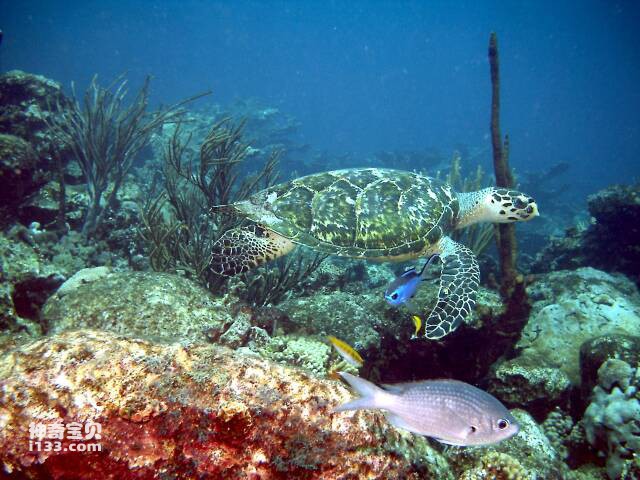
The carapace of the tortoiseshell is brownish-red, with a smooth and shiny surface and light yellow cloud spots, which is very beautiful. However, due to their beautiful appearance, hawksbill turtles have been over-hunted by humans. Their nails are used to make medicines, and their horny plates are used to make eyeglass frames or other decorations. This uncontrolled fishing has made the hawksbill turtle an endangered species, and it has become almost extinct in China's offshore waters. We should try our best to protect these precious biological resources so that they can survive safely in the natural environment.
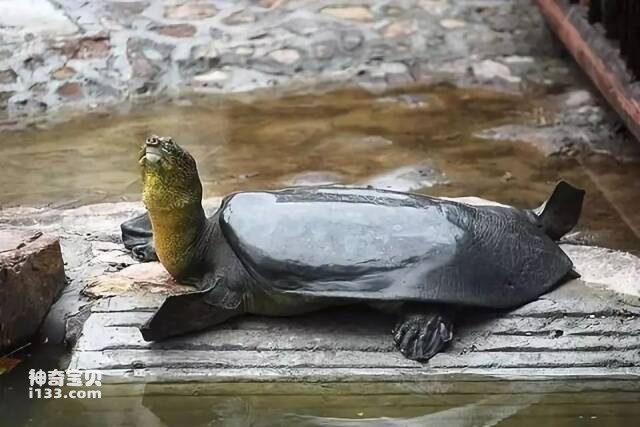
2. Spotted soft-shell turtle (more than 400 years old)
The spotted soft-shelled turtle, also known as the Sri Lankan soft-shelled turtle, is a very precious turtle. In ancient times, they were widely distributed in the lower reaches of the Yangtze River and Taihu Lake areas in China. However, due to uncontrolled hunting and destruction of the ecological environment, the number of spotted softshell turtles has declined sharply since 1972, and it has become an "aquatic giant panda" more endangered than the Chinese sturgeon.

Although the number is very rare, the spotted softshell turtle is still an extremely long-lived animal. According to reports, a male spotted turtle in Xiyuan Temple in Suzhou experienced more than 400 years of development and finally died in 2007. The lifespan of spotted softshell turtles is several times that of humans, but this group ended at the hands of humans, which is very sad. We should recognize the importance of wildlife and protect them as much as possible. Only in this way can we ensure the continued existence of these precious biological resources in the future.
3. Aldabra giant tortoise (more than 200 years old)
The Aldabra tortoise is a reptile of the genus Aldabra in the family Tortoises of the order Turtles. It is mainly distributed on the Aldabra Islands in the Seychelles. They feed mainly on plants, and their maximum nail length can reach 105 cm. Aldabra giant tortoises are considered one of the longest-lived reptiles in the world, with an average lifespan of over 200 years and often outlive their observers.
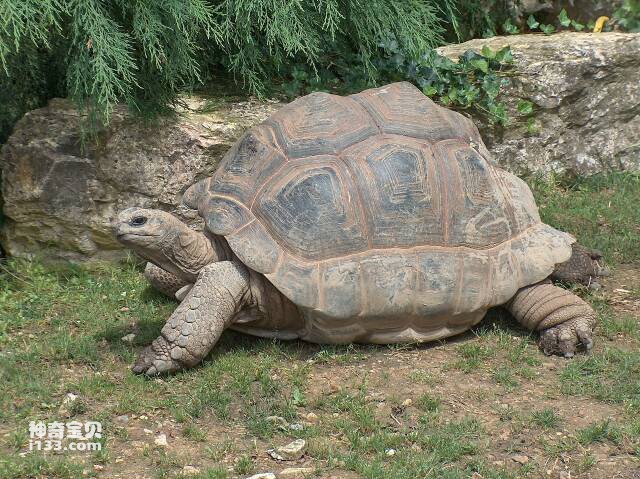

According to reports, in the 18th century, a giant tortoise named Advita was sent to the British East India Company as a gift by British sailors and was later transferred to the Calcutta Zoo in India. This giant tortoise did not die until March 2006, reaching an astonishing age of 255 years, becoming one of the longest-lived tortoises in history. Although Aldabra giant tortoises are extremely long-lived, their numbers have declined dramatically and they are listed as an endangered species. We should protect these precious biological resources and take steps to ensure their survival and reproduction into the future.
4. Galapagos giant tortoise (more than 100 years old)
The Galapagos tortoise is the largest existing tortoise and is only found on 9 small islands in the Galapagos Islands. They are generally about 1.2 meters long and feed on cacti, fruits and leaves. Galapagos tortoises can identify their gender when they are about 15 years old, reach sexual maturity at about 20-25 years old, and take 40 years to reach full adult size in the wild. Their life expectancy is over 100 years in the wild, making them one of the longest-lived species in the animal kingdom.
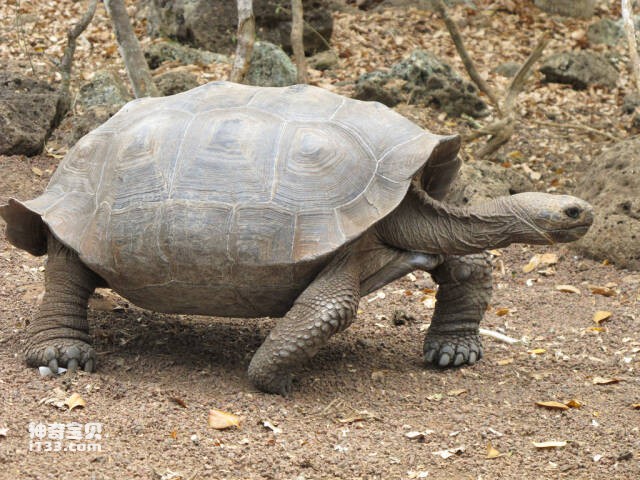
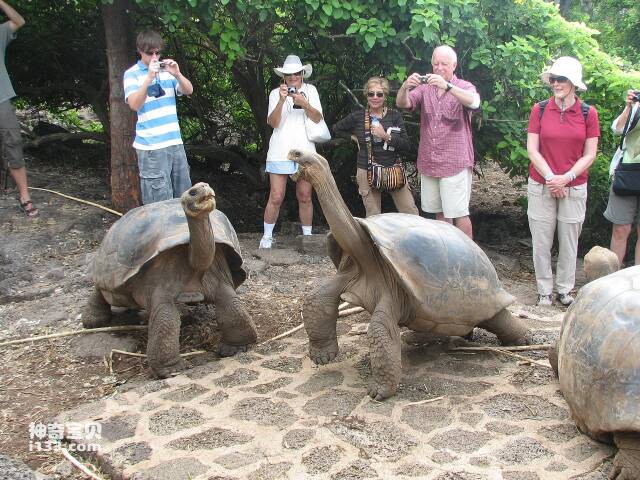
The Australia Zoo preserves a specimen of a Galapagos tortoise named Harriet. It is the oldest known Galapagos tortoise and died in 2006 at the age of 176. This shows that Galapagos tortoises have extremely long lifespans and deserve our protection and understanding. However, due to factors such as destruction of the ecological environment and illegal hunting, the number of Galapagos tortoises has decreased and is listed as an endangered species. We should take steps to ensure the continued existence of these precious biological resources into the future.
5. European Zebra Turtle (more than 100 years old)
The European Sea Turtle is a typical small to medium-sized aquatic turtle, belonging to the family Chelonidae and the genus Sea Turtle. Their body length is about 15-20 cm. They are mainly distributed in areas around the Mediterranean such as Europe and North Africa. They can be seen in many ponds in Europe. The appearance of the European Sea Turtle is as hard as armor, and its carapace is brown in color, densely covered with yellow spots and dark lines, making it very beautiful. Compared with its beautiful appearance, the lifespan of the European Sea Turtle is even more amazing. It can usually live for more than 100 years, making it a very long-lived creature.

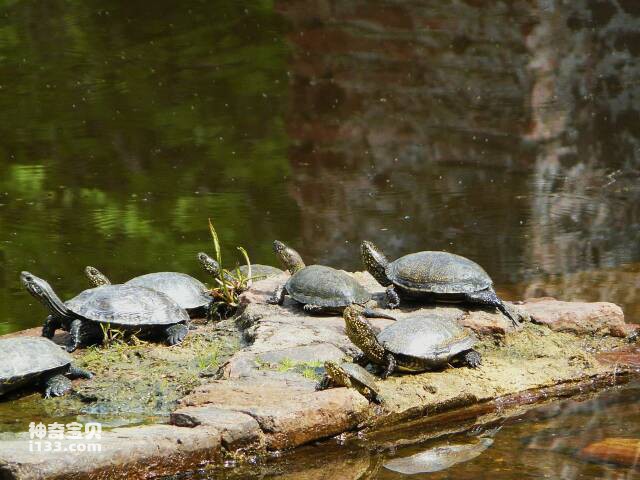
However, due to factors such as excessive human hunting and the deterioration of the ecological environment, the number of European frogs has declined sharply and is listed as an endangered species. We should recognize the importance of wildlife and protect them as much as possible to ensure the continued existence of these precious biological resources into the future.
6. Radiated turtle (50-100 years)
The radiated tortoise, also known as the radiated tortoise, is a turtle with beautiful patterns and a gentle temperament. It is mainly distributed in Mauritius and Madagascar. They feed on plant stems and leaves, fruits, vegetables, etc. Although they are tortoises, radiated tortoises also have extremely long lifespans, usually about 50-100 years. According to records, the British Captain Cook gave a radiated tortoise to the king of the Kingdom of Tonga in 1777. It lived until 1965 and died at the age of 188. It spanned two centuries and became one of the animals with the longest lifespan. one.

However, due to excessive human hunting and destruction of the ecological environment, the number of radiated tortoises has declined sharply and is listed as an endangered species. We should protect these precious biological resources and take steps to ensure their survival and reproduction into the future.
7. Giant snapping turtle (60-80 years)
The giant snapping turtle, scientifically known as the true snapping turtle, is one of the oldest living reptiles and one of the largest aquatic turtles in the world. They live in rivers, lakes, ponds and swamps, feeding on fish, water birds, snails, shrimps, water snakes, etc. They are mainly distributed in the Mississippi River Basin in the United States.
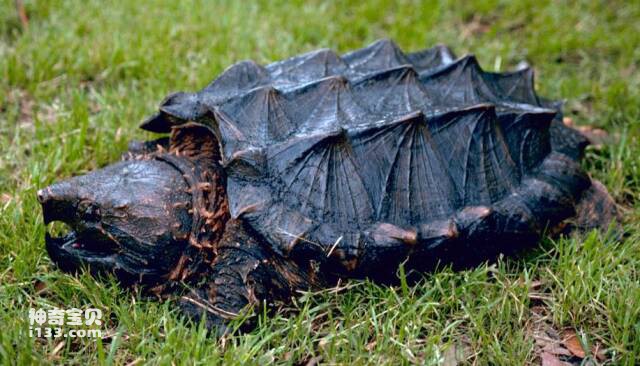
The giant snapping turtle has strong survivability and adaptability. Its average lifespan is about 60-80 years, but the longest recorded lifespan of an artificial snapping turtle is 60 years. Snapping turtles grow extremely slowly, and only if they grow smoothly can they live to be over a hundred years old, but there are currently no examples. Because their numbers in the wild are rapidly declining, giant snapping turtles are listed as an endangered species. We should take steps to protect these precious biological resources and ensure their continued existence into the future.

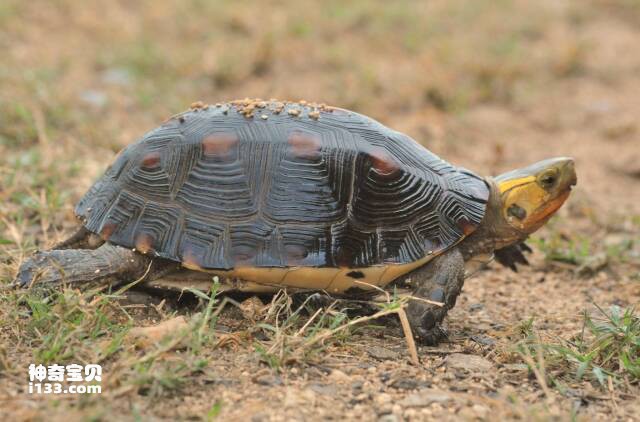
8. Yellow-margined closed-shell turtle (40-60 years)
The yellow-margined box turtle, also known as the yellow-margined box turtle, is a reptile widely distributed in southern China, Japan and other regions. It often lives in moist places such as forest edges, rivers, and lakes, where it feeds on fish, shrimp, earthworms, vegetables, and grains. It is said that the yellow-margined turtle can live to about 40-60 years, and may live to be over 100 years old. As a popular pet turtle, it is very interactive with people and is deeply loved. The box turtle is very lively and unafraid of humans. This optimistic personality may be the secret to its longevity.
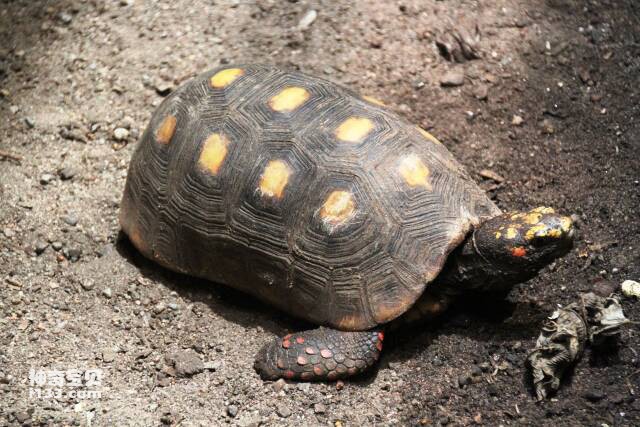
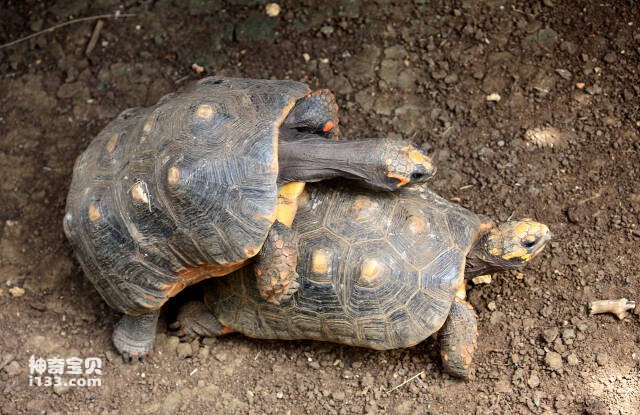
9. Red-legged tortoise (40-60 years)
The red-legged tortoise, whose scientific name is Geochelone carbonaria, belongs to the family Tortidae. Normally, its body length is about 30 cm, and can reach up to 45 cm. The colors of red-legged tortoises are very bright and eye-catching. Because it is easy to raise and has a large appetite, it is an ideal choice for many beginners who want tortoises. Red-legged tortoises are divided into two subspecies: Colombian red-legged and Caribbean island red-legged. The old version of Red Legs is larger in size and has no obvious markings on its head, but its carapace will be sunken inward in the middle after it grows to a certain extent. The cherry red legs are relatively small and have obvious red markings on their heads. Even though the shape of the carapace does not shrink in adulthood, it remains oval.
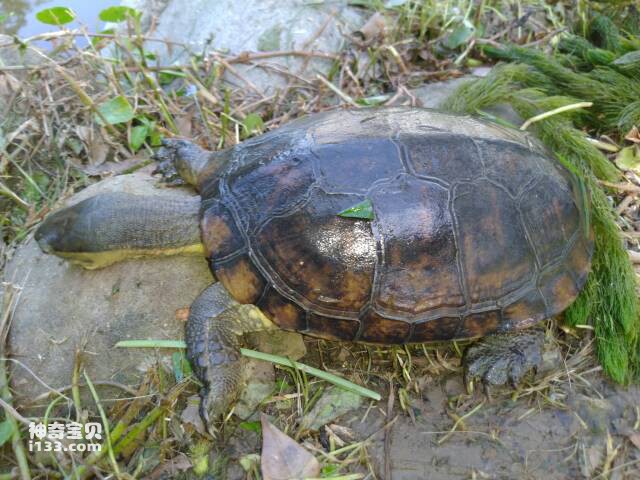
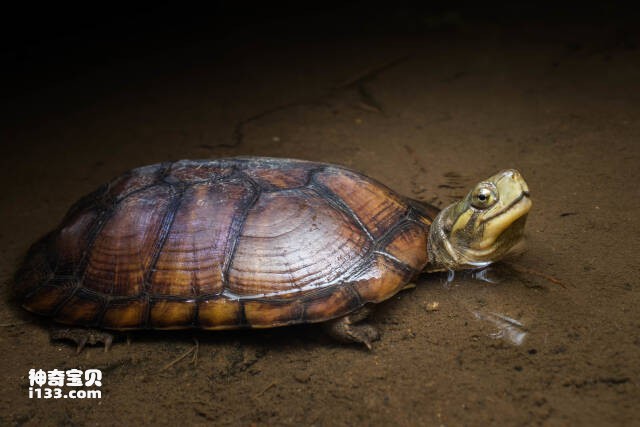
10. Yellow-throated water turtle (30-50 years)
The yellow-throated water turtle is one of the oldest and most primitive species of water turtles and is considered the representative of the "ancient stone turtle". This kind of turtle mainly lives on coastal islands drifting away from the mainland and offshore areas of peninsulas. It is rare in number and rarely seen. They are mainly distributed in the subtropical and subtropical regions of East and South Asia, as well as some low-altitude temperate regions. The yellow-throated water turtle is resistant to heat, cold, hunger and thirst. It is an omnivore and will eat almost anything. Therefore, its vitality is very tenacious. Generally speaking, the lifespan of a yellow-throated water turtle is about 30 to 50 years. If it is raised in high quality artificially, its lifespan may be longer.
The lifespan of a turtle is also affected by many other factors, such as environment, diet, living habits, etc. This list is mainly obtained by searching relevant online platforms to find out the life span of relevant turtles, and taking into account their popularity and rarity. If you have any questions, please leave a message.
animal tags:
We created this article in conjunction with AI technology, then made sure it was fact-checked and edited by a Animals Top editor.